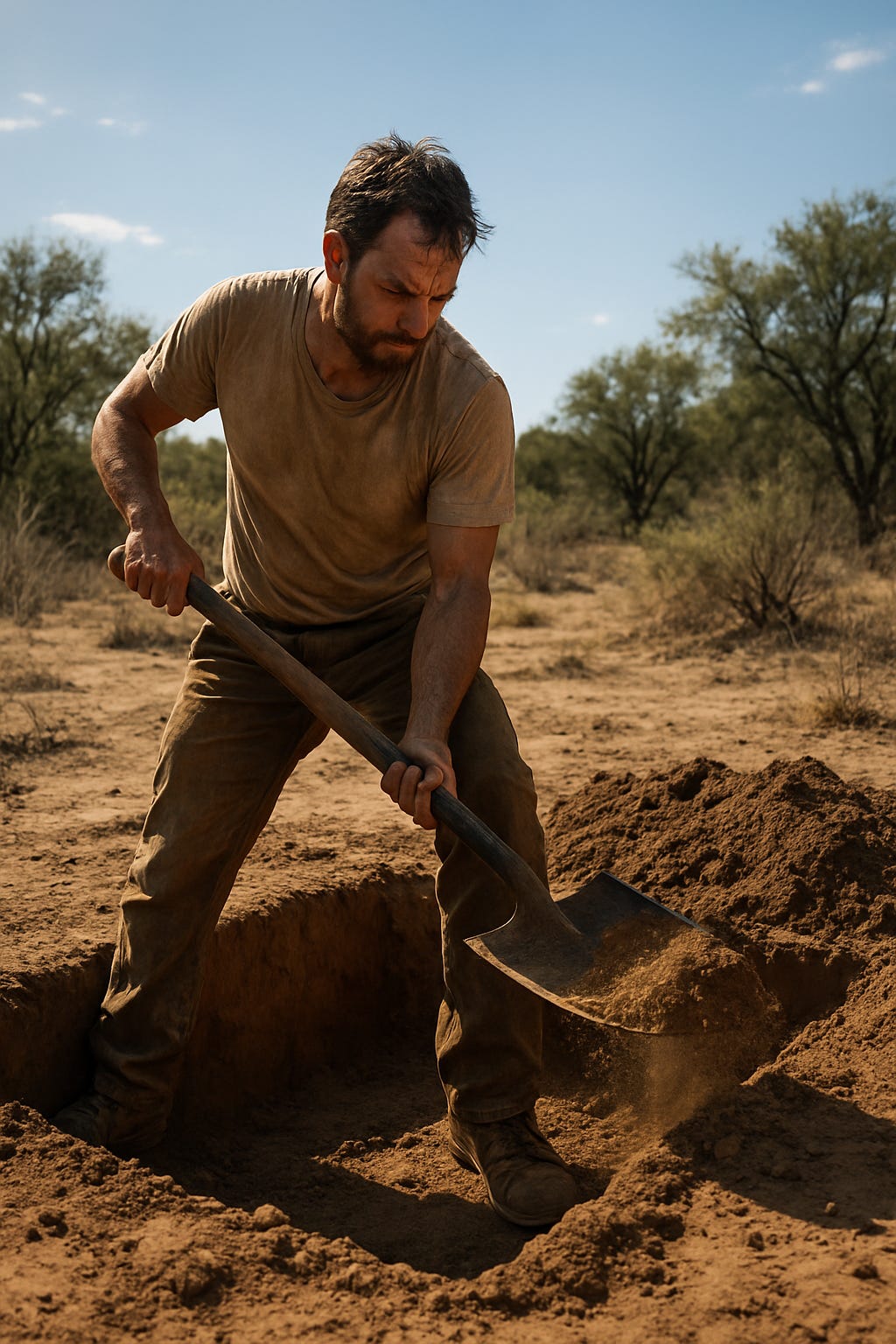The subtraction principle
Why mastery comes through inner minimalism
The midday sun beat down. I thrust the shovel into earth. Dust rose. Sweat ran.
This was my task now. Dig my own grave.
Hour after hour, I dug. Hands blistered, then calloused. Muscles ached. The hole took shape slowly. A simple rectangle. Long enough for my body. Deep enough to contain me.
Nothing elegant about this work. Nothing complex. Just the rhythm …
Keep reading with a 7-day free trial
Subscribe to The Expansion Effect to keep reading this post and get 7 days of free access to the full post archives.


